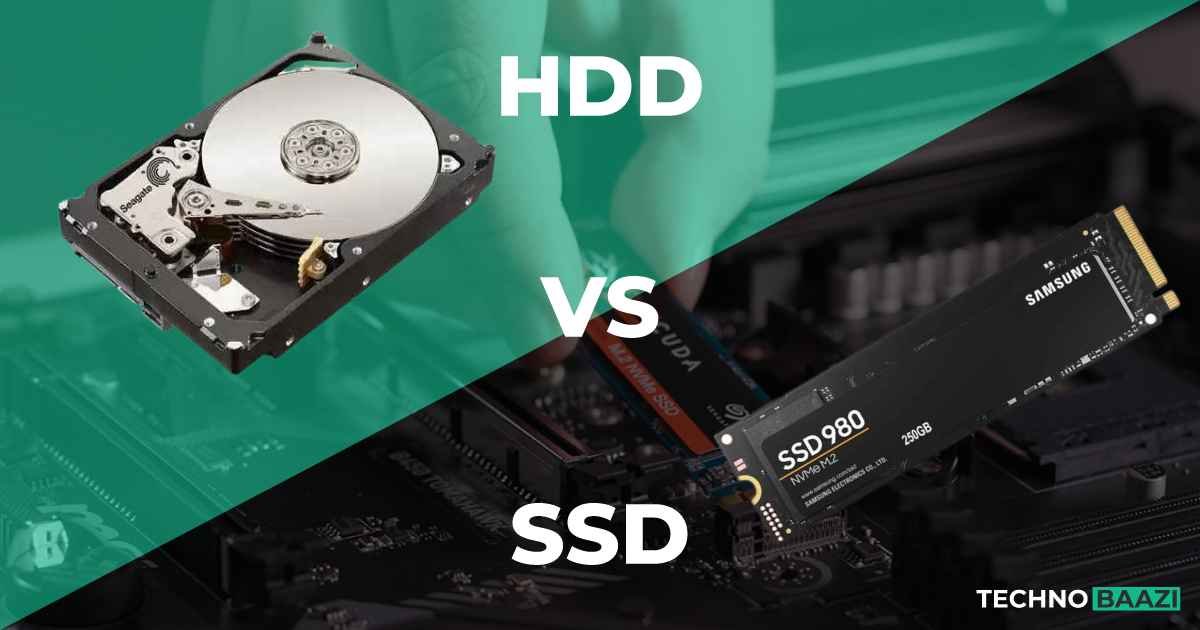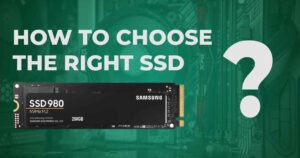Hard disk drives (HDDs) and solid-state drives (SSDs) are both storage devices used in computers, but they differ significantly in their technology, performance, and characteristics. Here’s a breakdown of the main differences between HDDs and SSDs:
Technology
– HDD: Hard disk drives use magnetic storage technology to store data on spinning platters coated with magnetic material. Data is read and written using a mechanical arm with a read/write head.
– SSD: Solid-state drives use NAND flash memory to store data. There are no moving parts; instead, data is stored on interconnected flash-memory chips.
Speed
– HDD: HDDs are relatively slower compared to SSDs due to the mechanical nature of their operation. Accessing data involves waiting for the spinning platters to rotate and the read/write head to move to the correct position.
– SSD: SSDs are significantly faster than HDDs. They offer faster read and write speeds, resulting in quicker boot times, faster file transfers, and improved overall system responsiveness.
Durability and Reliability
– HDD: HDDs are more prone to physical damage due to their mechanical components. They are susceptible to shock, vibration, and temperature variations.
– SSD: SSDs have no moving parts, making them more durable and resistant to physical shocks. They are generally more reliable and less prone to failure due to mechanical issues.
Noise and Power Consumption
– HDD: HDDs produce noise during operation due to the spinning platters and moving mechanical parts. They also consume more power compared to SSDs.
– SSD: SSDs are silent during operation since they have no moving parts. They also consume less power, leading to improved battery life in laptops and lower energy costs in desktops.
Price
– HDD: HDDs are typically cheaper in terms of cost per gigabyte compared to SSDs.
– SSD: SSDs are generally more expensive than HDDs, although the price has been decreasing steadily over the years as the technology matures and becomes more widespread.
Capacity
– HDD: HDDs offer larger storage capacities compared to SSDs at a similar price point. It’s common to find HDDs with terabytes of storage space.
– SSD: SSDs usually offer smaller storage capacities compared to HDDs at a similar price point, although capacities are increasing over time. However, high-capacity SSDs are still relatively expensive compared to HDDs.
In summary, while HDDs offer larger storage capacities at a lower cost, SSDs provide significantly faster performance, better durability, and lower power consumption. The choice between HDD and SSD depends on factors such as budget, performance requirements, and intended usage.



